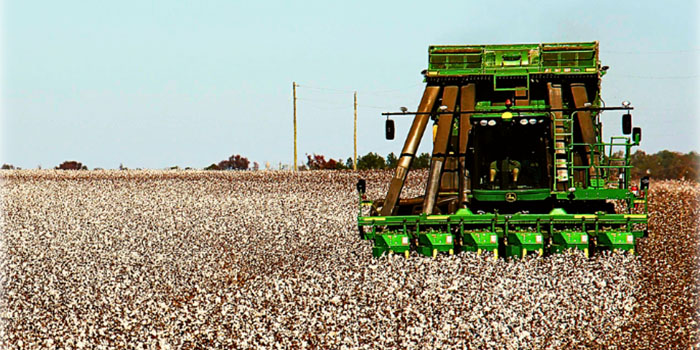By William Terry Kelley
University of Georgia
It’s been a long, hot summer and vegetable gardening has become more work than reward. You may be ready to hang up the hoe and spade for the winter, but don’t quit just yet. Some fall garden maintenance will help you avoid several problems next spring.
Remember this season
First, make some good notes before you forget this season. Write down varieties that performed particularly well and those who didn’t. Make a map of areas in the garden that have problem weeds and identify them if possible. Note any areas that stay particularly wet or any areas that did not produce well.
Be sure to mark your calendar to take a soil test within the next couple of months. This will give you time to apply any needed lime well in advance of the spring planting.
Remove and store trellises, irrigation and tools
Now, remove any trellises from the garden and store them in a dry place. This will help preserve the life of the trellis materials. Also, remove any string or plant debris and knock off any excess soil.
If your garden has an irrigation system, prepare it for winter, too. Remove and store hoses, sprinklers, drip tape, etc. As before, remove any excess soil or plant debris.
Garden implements should be repaired, sharpened and lightly oiled before they are stored for the winter.
Till debris under, compost in
Now that you have all the obstacles out of the garden, run a rotary mower across the garden to chop up any plant debris that remains. This allows plant debris to dry down more quickly and also keeps weeds from going to seed before frost. An application of a burn down herbicide a few days before mowing is even more effective.
Fall is an excellent time to add organic matter like grass clippings, manures and composted leaves to your garden site. Bury the organic matter and debris by turning the land and planting a cover crop for the winter. This will help prevent soil erosion and build up the soil when you turn the cover crop under in the spring. Grains like rye or wheat work well.
Finally, order seed catalogs and begin planning next year’s garden. Ordering seed early in the year will increases your chances of getting the varieties you want.
Have a cozy winter. Spring’s just around the corner, and garden fever will be getting your blood pumping to get out and play in the soil again.




